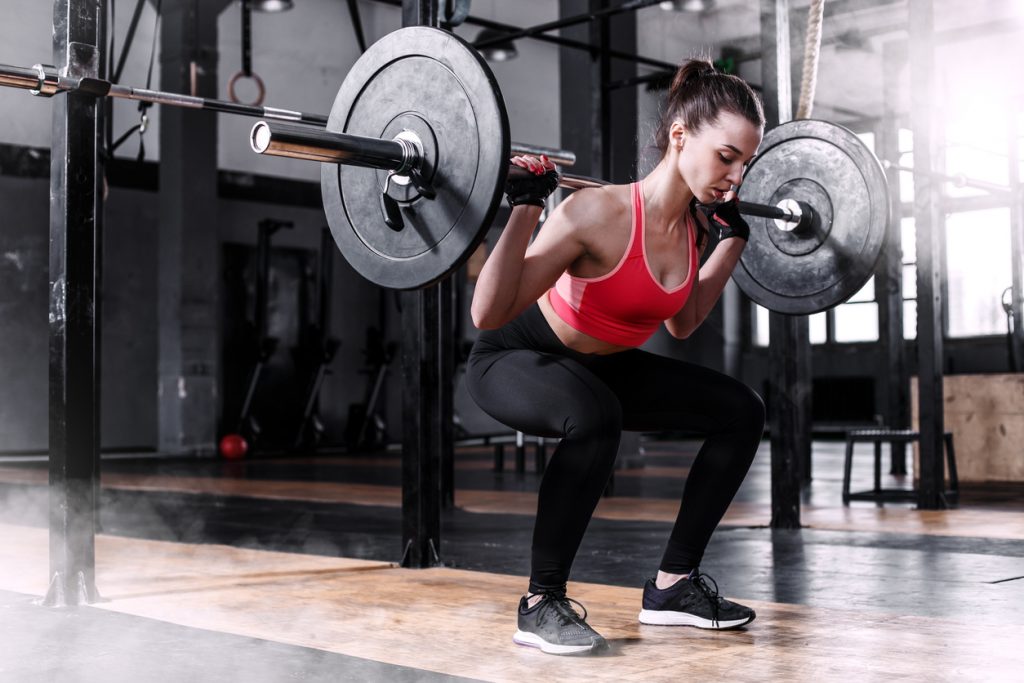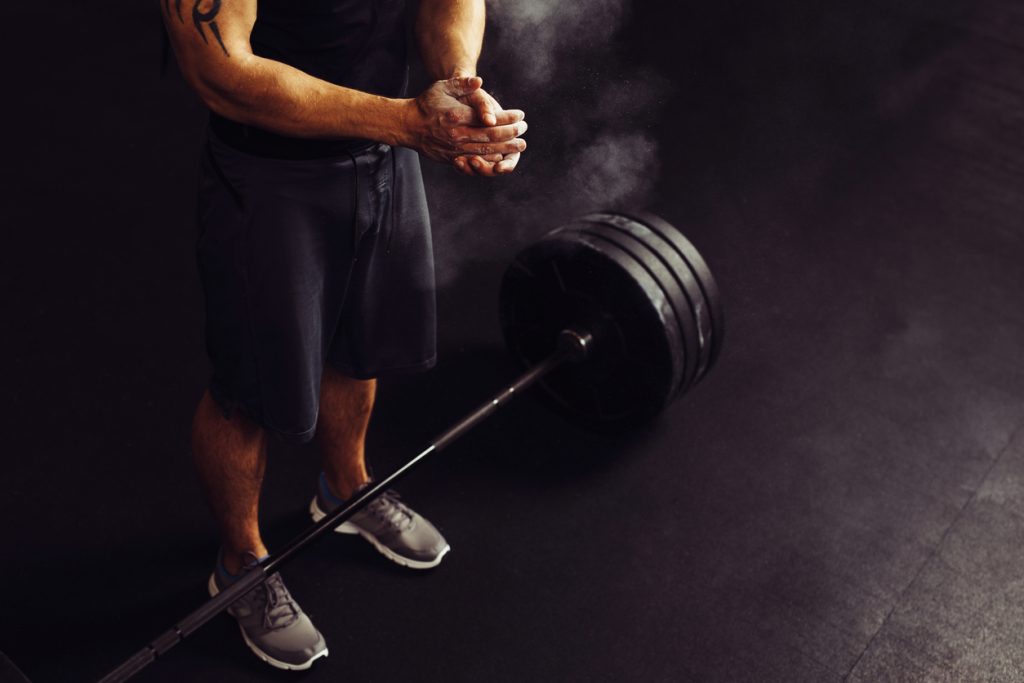The teaching of muscular culture and strength must imperatively begin with the technical learning of several physical movements, based on weightlifting and athletic strength.
As with any construction, the goal is to last and stand the test of time. For an athlete, the goal is to cope with the stress that may be experienced over the years of competition. This stress can be very intense and can affect physical conditions. It is therefore necessary to prepare and train hard in order to be able to resist and maintain a good physical condition.
In this context, the squat is one of the exercises that help to keep fit and improve performance and physical condition. However, it requires strength and specific technical training. Failure to master these can have detrimental consequences for the body.
What is the squat?
The squat requires enormous muscle power. As a result, it is considered a catalyst for results on the rest of the body. It can be dangerous for the back and knees if performed incorrectly. Unfortunately, due to a lack of coaching, it is often performed incorrectly.
The squat should start with a slight forward movement of the knees, followed by a backward movement of the pelvis and a slight flexion of the hips. This is important in order to place the lumbar region in optimal tension, as well as the gluteus maximus. This results in the optimisation of the propagation of muscular force to the lower limbs.
Depending on the results you want to achieve, you have to be very precise in the execution of the movement and choose one or more positions.
The optimal balance for the athlete is the one that will generate the minimum fatigue of the back and the knees. The control of the supports on the ground is essential to maintain their integrity for the maximum dynamic availability ("flat" shoes are to be preferred).
Flexibility also remains an important element to avoid the risk of injury. Particular emphasis should be placed on:
- the psoas iliacus,
- anterior rectus,
- hamstrings
- the twins.
For best performance, the abdominals must also be strengthened because they provide permanent support for the back by supporting the rib cage, which relies on the contracting diaphragm.
There is the full flexion squat which works the quadriceps much more (especially in the clavicle squat). The squat in flexion is useful for strengthening the sacrailiac region and for softening the sacra-lumbar region.
It should be noted that the clavicle squat in a weighted grip allows for the best vertebral fixation, especially in the lumbar region.
The three phases of the squat
The squat is the best exercise to develop mass, muscle volume and strength of the thighs in an individual.
It is a complex movement during which it is recommended to always bend the knees well. It is necessary to bend them in the axis of the toes, and to avoid letting the thighs go in internal rotation.
It is absolutely necessary to avoid a conscious, voluntary and permanent effort of contraction of the buttocks during the whole execution of the movement.
One of the things to be mainly avoided is also to tighten the knees so that the feet do not turn in eversion, this being the position of weakness of the foot. Indeed, during this position, the foot is very unstable and weakened.
This poor position is often associated with internal rotation of the thighs. This causes negative stresses on the knee joint.
The squat can be broken down into three distinct phases:
- First phase: it is the phase of complete flexion which works mainly the quadriceps;
- Second phase: this is the half-flexion phase which works the hamstrings. The hamstrings are knee flexors. When the foot is not fixed, they become knee extensors during the course of pulling the tibia back. Twins also have this effect;
- Third phase: this is the work of the upper part which allows the development of the buttocks, by advancing the pelvis slightly at the end of the ascent (without retroversion).
Variations in squat position depending on the muscle you wish to emphasize
It should be noted that if you want to emphasize the work on the thighs and not on the buttocks, you should avoid going all the way up.
Conversely, if you want to strengthen the work of the gluteus maximus, you should do quarter squats (pelvis backwards) with a slight bending of the trunk forward.
To have a more important result on the quadriceps, it is advised to carry out a movement with raised heels.
On the other hand, the absence of a wedge or high heels helps to develop the hamstrings. By orienting the feet towards the outside and lowering the knees towards the toes, more intense work is done on the adductors and the vastus medialis.
Finally, by working with a narrower spread and parallel feet, the vastus lateralis will be more involved.


